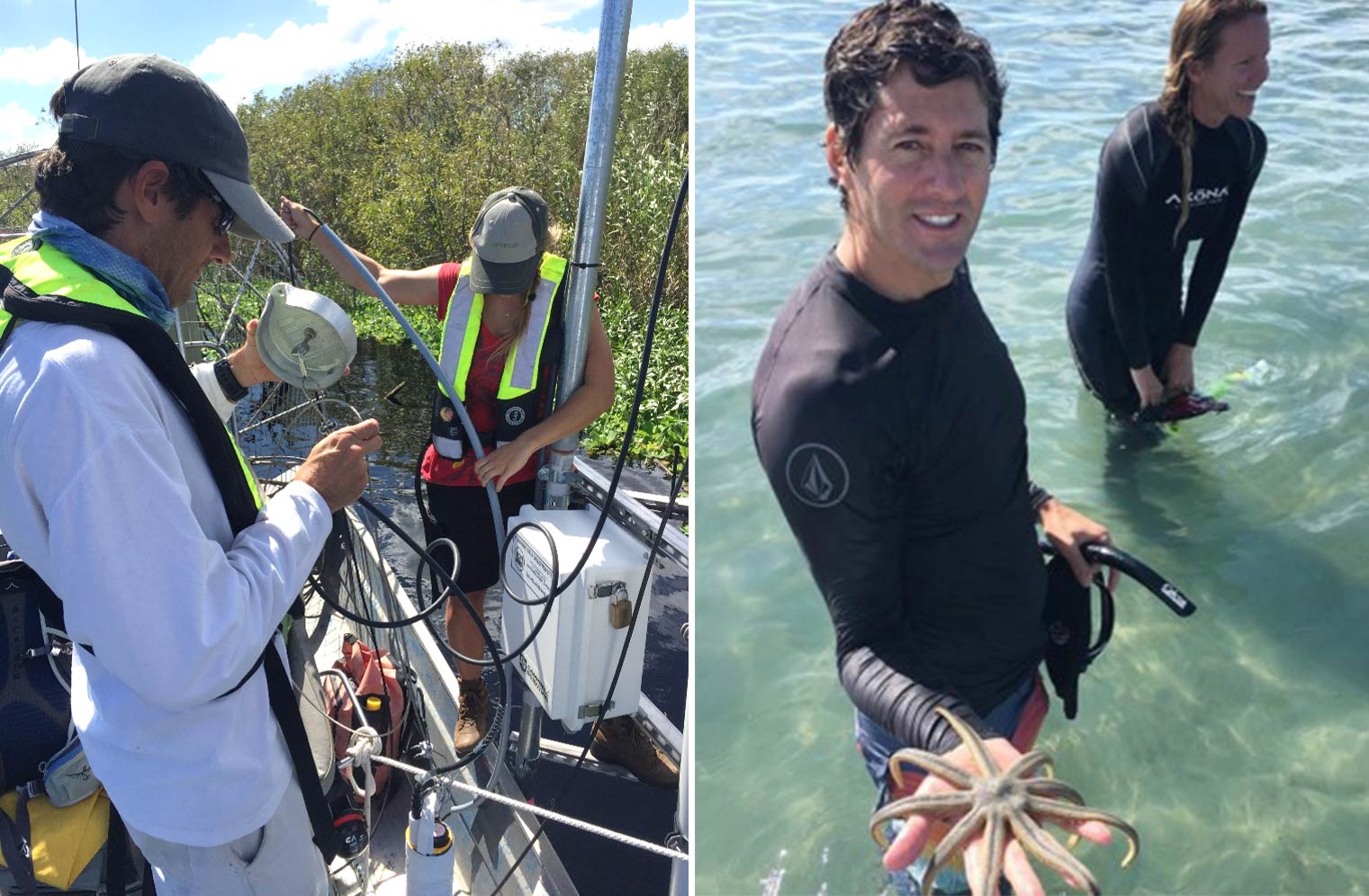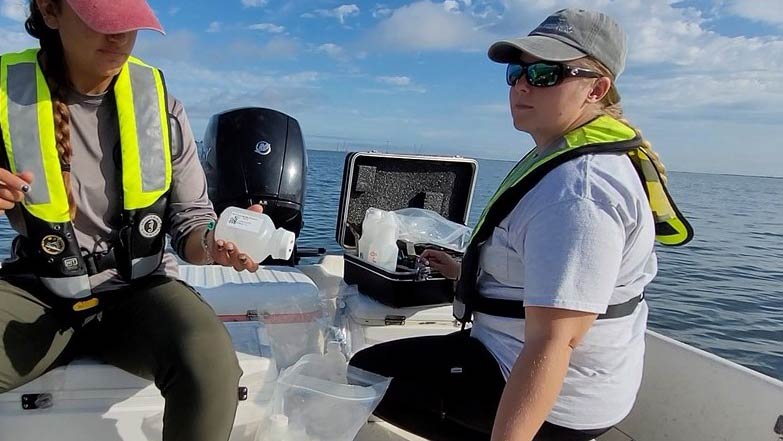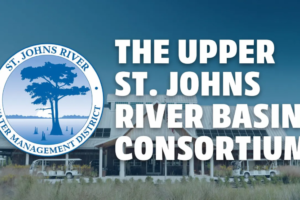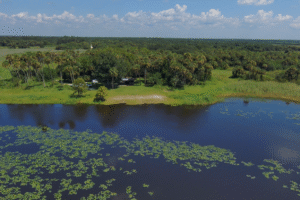Data collected by field staff provide a foundation for our work on behalf of Florida’s water resources
March 16, 2022
Tim Miller, a technical program manager in the District’s Bureau of Water Resource Information, has worked in the field as part of his work in helping to collect water quality data over the years.
Guest column: Tim Miller, technical program manager, Bureau of Water Resource Information
At the foundation of our work at the St. Johns River Water Management District, data and science provide the basis for making sound decisions to benefit Florida’s water resources.
As Technical Program Manager of the water quality monitoring program in the Bureau of Water Resource Information (WRI), it’s my privilege to highlight the efforts of our staff and their ability to handle the “routine” work while tackling additional special projects, and to offer a reminder that the data we collect is readily shared.
As one of the major sources of data for the District, more than 400 surface water stations are sampled as part of our water quality network. It is the responsibility of our WRI field teams in Palatka, Lake Apopka and Palm Bay to collect and process data from each station year-round, some as often as bi-weekly. You may have seen our staff working from an airboat or outboard on the St. Johns River, in tributaries or lakes, or in the Indian River Lagoon (IRL), using various instruments and equipment to collect water quality data. Their monitoring work is a critical component of our mission.
As you can imagine, the recurrent monitoring requires dedicated teams, working together, adapting and overcoming typical obstacles such as rapidly changing Florida weather, or the unique and complex challenges of a pandemic. Truly essential to the ongoing acquisition of data, our staff have continued to meet the challenges through development and adoption of critical safety protocols to be safe and effective in their jobs. In addition, our quality assurance (QA) staff play a vital role in ensuring data collected are done so according to District Standard Operating Procedures. Together, they are the backbone of why we can accomplish so much, with excellence, while maintaining data integrity throughout.
In addition to the established, routine sampling of water stations that help us keep a proverbial finger on the pulse of our water quality, there are times when we are needed to provide additional support. Part of the role of a monitoring program is to be able to pivot when necessary to accommodate new special projects that will help our staff in their decision-making and management of our resources. Oftentimes these projects provide a benefit to other agencies as well.
Since 2020, we have been involved in a collaborative effort with the Florida Department of Environmental Protection (DEP) to provide water quality data relating to Harmful Algal Blooms (HAB). This effort is focused on not only providing data during algal blooms, but to also provide baseline data that can help to better understand what takes place in phytoplankton (microscopic plants) communities outside of bloom events.
In Lake Apopka, the utilization of alum treatments helps to remove nutrients from water as part of ongoing efforts to improve water quality at the lake. Special sampling by the WRI field team has been implemented to determine the effectiveness of the treatments and requires close communication and coordination with staff responsible for the nutrient removal process.
In addition to a full schedule of the District’s routine monitoring work, staff work cooperatively with local governments and state or federal agencies, taking on additional, temporary water quality monitoring tasks for high priority initiatives.
Collecting and providing QA/QC of water quality data are integral to our mission at the District. Access to our data is also an important aspect of our role. As a public agency, increasing transparency and maintaining trust are vital to our relationship with the citizens of Florida. Here are three resources available on our website which help to ease access to our water quality data and provide the public with tools to help them look at data firsthand.
- Environmental data retrieval tool: gives users the ability to filter (locations, dates, times, parameters, etc.) and download data collected at our water quality sites.
- Continuous sensor-based water quality data: provides a constant stream of hourly information throughout the day. This includes six stations in the Indian River Lagoon and three in the St. Johns River. For the curious citizen-scientist, a user guide explains how to navigate.
- Status and trends report: blocks of water quality data for surface water, groundwater and springs are analyzed for status and trends. This is an intuitive map-based interactive report.
The value of knowing past and current water quality status, and how the District can utilize that information for the responsible management of Florida water resources in looking to the future, makes me excited to work with an amazing staff that can be proud of their contributions on a daily basis. I recently celebrated 20 years at the District, and while challenges will always exist, the opportunities to make a difference and impact Florida’s natural resources in a positive way continue to be rewarding.







